Log in or create new account to save this product to your wishlist.

The Ultimate Guide to Repairing the Lawn
Repairing your lawn after drought? Learn how to tackle bare spots and dead material for a green lawn that looks great all year round.
🌱 All important maintenance moments for your lawn during the year. Leave your email and we will send you the lawn calendar for free.
Enter your email
Receive the lawn calendar in the mail
Enjoy a green lawn all year round!
Your lawn faces a lot throughout the year – playing children, hot and dry summers, and cold winters. Moss, weeds, and soil insects like chafer grubs and leatherjackets contribute to its challenges, resulting in a dry, barren lawn with bald spots and dead organic matter. But fear not, as we guide you through all the steps to repair your lawn! Discover how to address bald patches, dryness, and dead organic matter, and revive your lawn to lush green health!
- What is the best time to repair your lawn?
- Lawn repair after the winter
- Lawn repair after the summer
- How to choose the right grass seed?
- How long does lawn repair take?
- What do you need?
- Lawn repair in 6 steps
- More on garden maintenance?
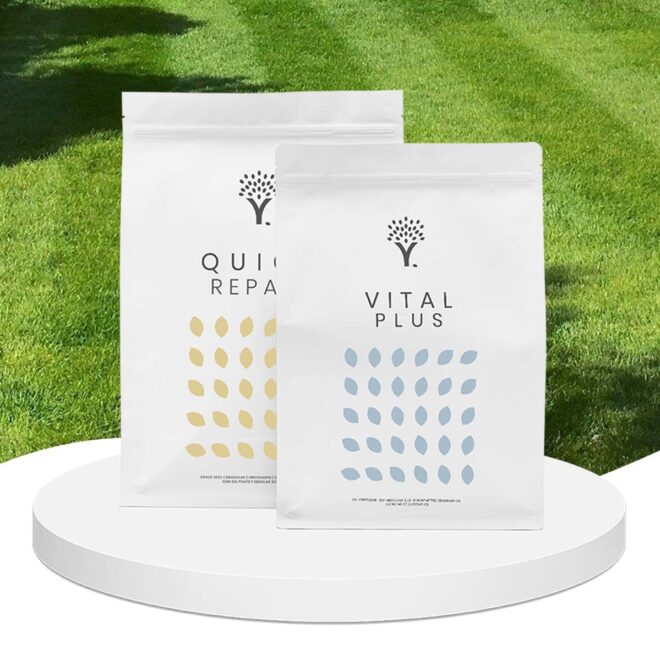
- Everything to expertly repair your lawn after a drought
- Professional restorative fertiliser ensures nutrient-rich soil
- Helps lawn enter winter strong, keeping moss at bay
What is the best time to repair your lawn?
The best time to repair your lawn is in the spring or autumn, when the soil temperature is warm enough for new grass seed to germinate. There will also be plenty of stored moisture, providing your grass plants with the boost they need to withstand the restoration process.
Lawn repair after the winter
After a harsh and cold winter, your lawn is often in poor condition. The grass has lost its fresh green color, and there may even be bald patches. The winter period is also ideal for certain grass diseases, such as snow mold. Snow mold is common between 0 and 8 degrees Celsius and is caused by humidity, wet periods, or a layer of snow on the grass. It is important to address grass diseases and proceed with the lawn’s recovery.
Lawn repair after the summer
Recovering the lawn after summer is essential to maintain its health and beauty. The hot and dry conditions, coupled with intensive use during the summer months, can lead to damage to the grass, resulting in bald patches, yellowed grass blades, and a weakened turf. By restoring the lawn, these issues can be addressed, and the turf can regain its strength and lushness.
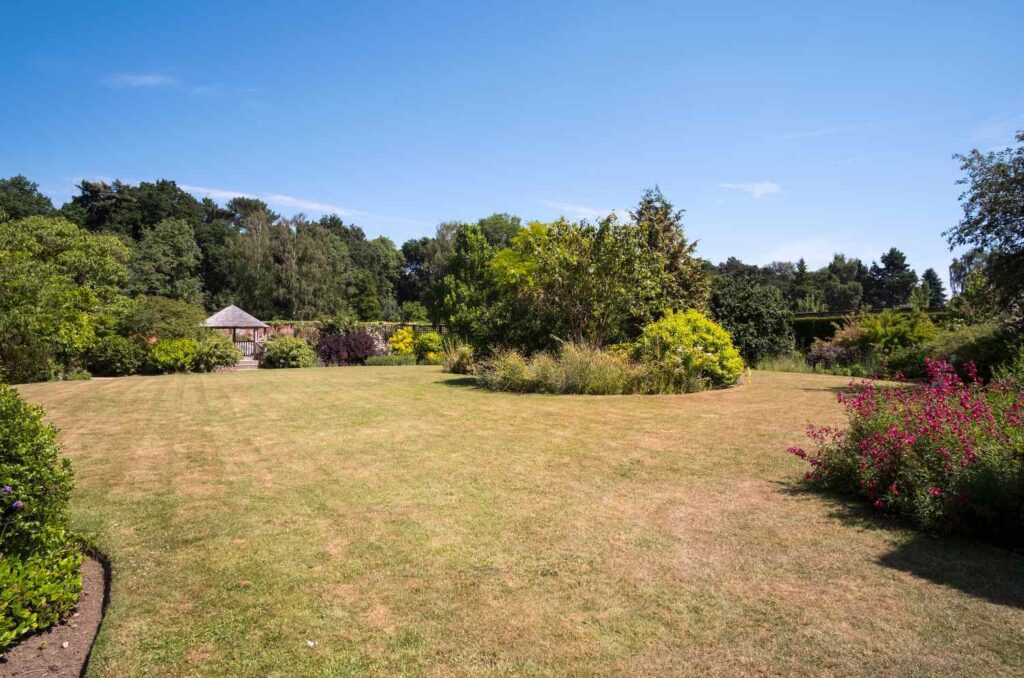
How to choose the right grass seed?
For heavy use of your lawn, it’s best to use grass seed for sports and play lawns. If your garden doesn’t receive much sunlight, consider shade lawn grass seed. Want a picture-perfect lawn? Opt for ornamental lawn grass seed.
Learn more about these grass seeds and everything you need to know before purchasing them here.
-
Sports & Fun Grass Seed
Out of stock
14.99- Order by 2PM = shipped today
- 250.000+ satisfied customers!
- 60 day satisfaction guarantee
-
Shade & Sun Grass Seed
Out of stock
10.99- Order by 2PM = shipped today
- 250.000+ satisfied customers!
- 60 day satisfaction guarantee
-
Premium Lawn Grass Seed
Out of stock
16.99- Order by 2PM = shipped today
- 250.000+ satisfied customers!
- 60 day satisfaction guarantee
How long does lawn repair take?
Restoring your lawn can be a time-consuming task. Apart from the labour time for scarifying, sowing, fertilising, liming, and mowing, you also have to choose the right time of year.
Be patient. Make sure it’s not too warm and that no heavy rainfall is expected. And remember: don’t walk on your new grass plants for at least two weeks after sowing.
What do you need?
You’ll need some tools and materials to renovate your lawn expertly. We’ve listed them for you here.
The following tools are needed to repair the lawn:
- Scarifier or rake
- Spreader, for fertilising and liming
- Sprinkler with nozzle
- Lawnmower and edge trimmer
The following materials are needed to repair the lawn:
- Grass seed
- Lawn fertiliser
- Lawn lime
Lawn repair in 6 steps
Follow our step-by-step plan, and your lawn will soon be looking healthy, lush, and radiant in no time.
Step #1: Scarify your lawn
Scarifying your lawn is a process that removes the moss and thatch layer that inevitably proves disastrous for the health of your lawn. Removing this top-layer of thatch gives your lawn the room it needs to breathe and absorb nutrients. It also creates space for new grass seed to germinate.
Step #2: Sow new grass seed
Scarifying – at first – often makes the lawn look superficially worse. It creates new bare patches – but don’t panic: this is all an expected part of the process. After you’ve lain new grass seed, it will spring back to life in no time.
Solve new bald patches by sowing grass seed. Prepare the topsoil and remove any stones, so that the earth is level and ready for new growth.
Step #3: Fertilise your lawn
Besides oxygen and water, every lawn needs nutrition. This nutrition comes in the form of lawn fertiliser, which improves the soil’s nutrient content and makes the grass grow back strongly.
It’s widely recommended that you fertilise your lawn three to four times a year: in spring, in early summer, in late summer, and finally in autumn.
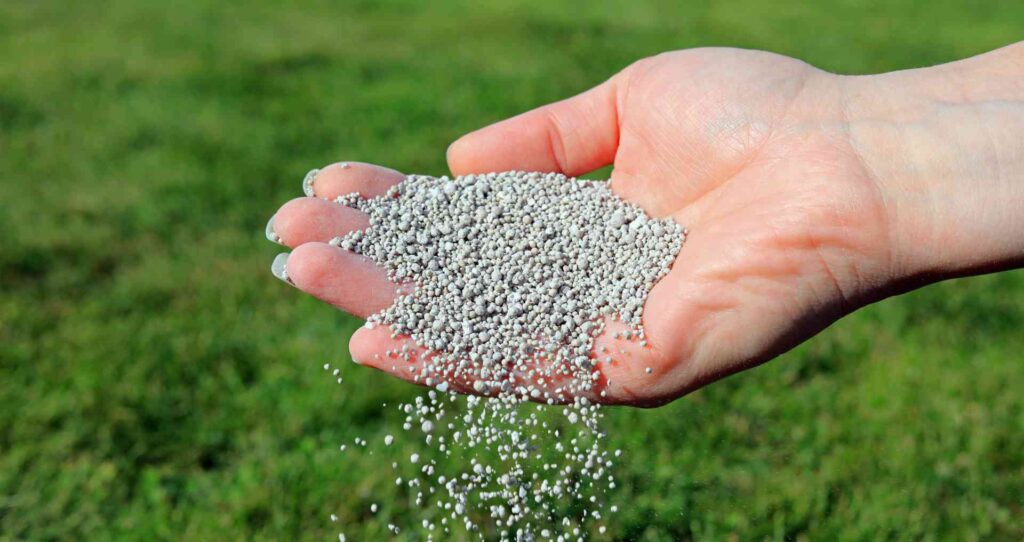
Learn more about fertilising your lawn.
Step #4: Water!
Water your lawn immediately after fertilising. Some aggressive fertilisers can burn your grass; you must dissolve the fertiliser before the sun shines on your lawn.
However, avoid over-watering. Puddles could wash your new lawn seed away or redistribute it into clumps, resulting in patchy (rather than consistent) new growth. Stop watering when the water no longer immediately soaks into the soil.
Step #5: Spread lime on the grass
For the most beautiful lawn, you need the right degree of acidity in your soil. MOOWY’s Lawn Lime improves the soil condition and ensures that additional nutrients (such as fertiliser) are adequately absorbed. If your soil has a low pH, simply sprinkle lime onto your lawn.
Learn more about lawn lime.
Step #6: Mow the grass
Finally, mow your lawn to encourage growth. However, wait until the new grass is 10cm high before the first mowing. This is to ensure that the blades are strong enough to withstand the stress of cutting.
Never cut more than 1/3 of the blade’s length in one go. If you’re looking for a golf-course-style manicured lawn and would like the grass shorter, wait a few more days after the first mowing, and cut another 1/3 of the length.
To keep your lawn in tip-top shape, you also need to trim the edges of the grass. This is done quickly and easily with a grass-edge trimmer.
More on garden maintenance?
Restoring the lawn becomes a breeze with this guide!
If you want to learn more about overseeding, pest control, or weed management, you’ve come to the right place! And if you have any questions after reading this article, feel free to contact us, and we’ll be happy to assist you.
Happy gardening!
-
How to Level a LawnThe secret to a beautiful garden is levelling the lawn. What's the best way to go about it? We are sharing our best tips!Read more
-
Identifying and controlling millet in your lawnMillet is an edible crop, loved for its edible, highly nutritious grain. However, you may find millet in your lawn, spread through bird droppings. Find out how to identify and control millet in your lawn.Read more
-
How to Design Your Dream East-Facing GardenAn east-facing garden poses a few extra challenges you don't get with a south-facing garden. However, choose the right plants and lawn type, and your east-facing garden will thrive!Read more
-
Removing Old Turf: why, when, and how?How to remove turf – it's a fairly straightforward task, but it's physically challenging. Find out how to remove turf and what to do next!Read more
-
Everything You Need to Know About Lawn SandingLawn sanding can help compacted soil take in more nutrients. Find out how and why you should add lawn sand for spectacular results to all lawns.Read more
-
How to stop birds from eating grass seed: handy hacks and tipsBirds eating grass seed is a bit of a nightmare, leaving a patchy lawn and wasting your cash. Find out how to deter them!Read more
-
How to Restore An Over-Fertilised Lawn: A Step-by-Step GuideProbably the least-acknowedged cause of yellowing grass! Too much of a good thing is bad! Find out if you're over-fertilising your lawn.Read more
-
The most common types of grass in the UK | MOOWYIs your grass right for your garden? It seems like a strange question, but there could be reasons why your lawn isn't as beautiful as it could be! Read on.Read more
Leave a comment
Your answer will be displayed on the site and the interested party will be notified by email.
Leave a comment
Have a question or want to share your experience? Leave us a comment.

- Order by 2PM = shipped today
- 250.000+ satisfied customers!
- 60 day satisfaction guarantee

- Order by 2PM = shipped today
- 250.000+ satisfied customers!
- 60 day satisfaction guarantee

🌱 All important maintenance moments for your lawn during the year. Leave your email and we will send you the lawn calendar for free.
Enter your email
Receive the lawn calendar in the mail
Enjoy a green lawn all year round!



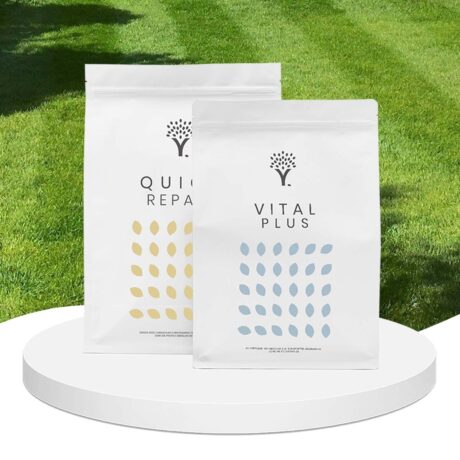
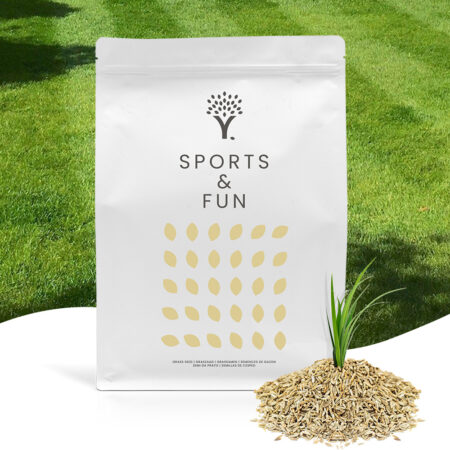
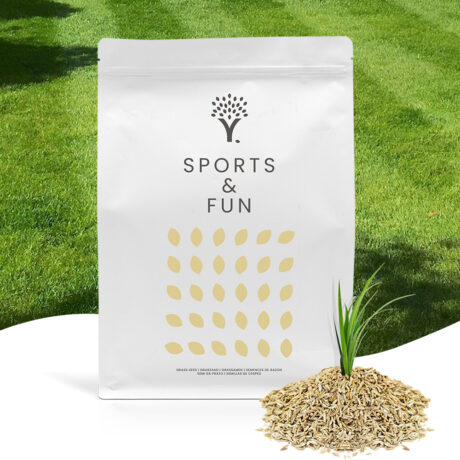
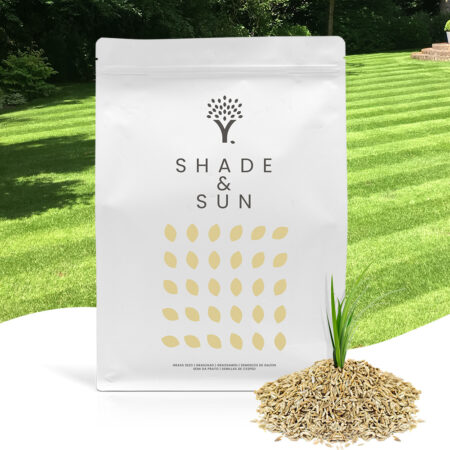
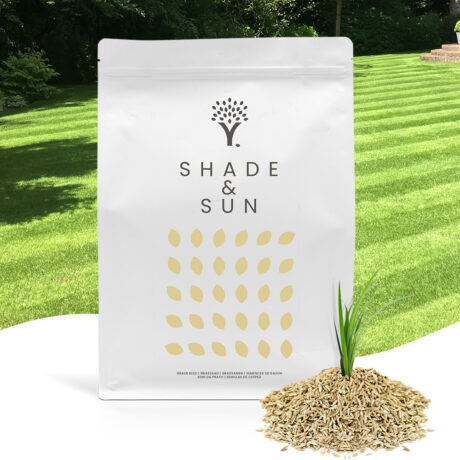

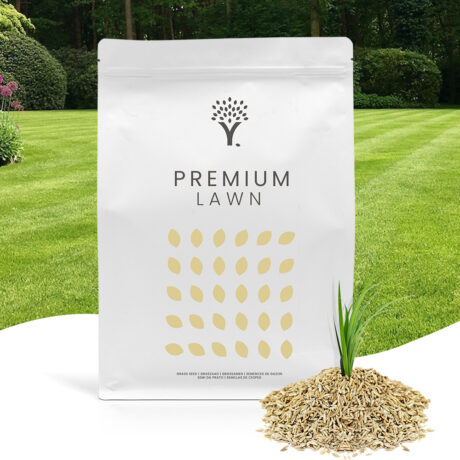


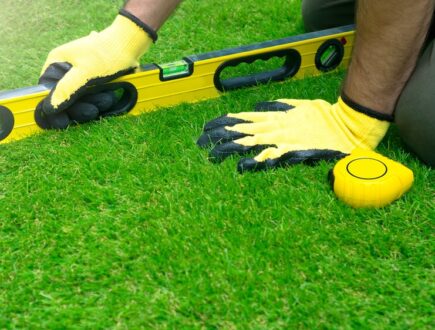
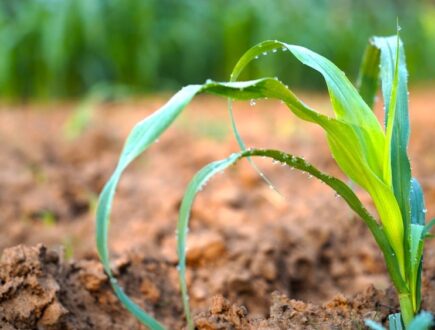

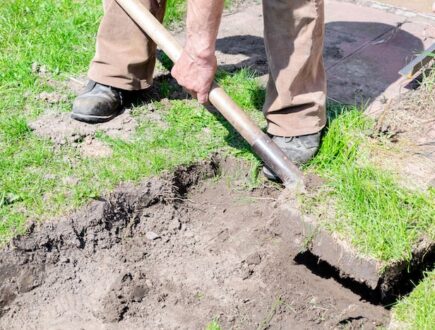
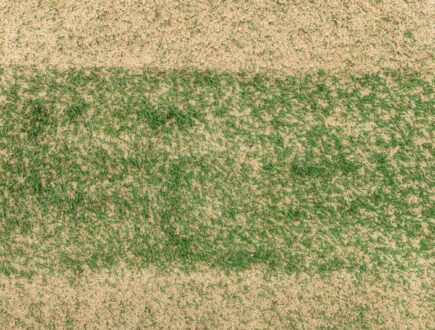
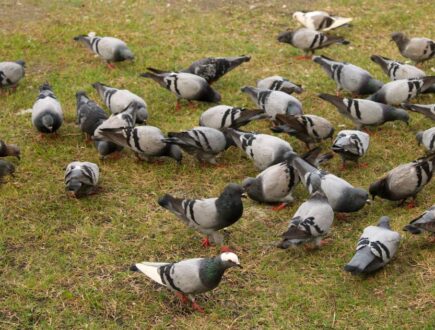
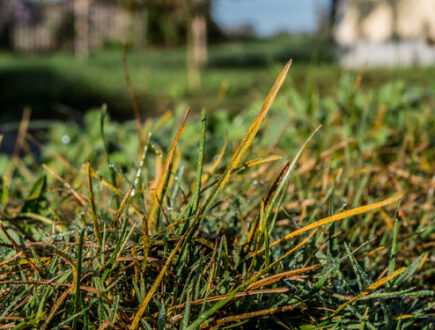










Comments (0)
There are no comments yet. Well then, what are you waiting for to
Be the first to write your comment!inaugurate this pretty page?
Do you have some comments?